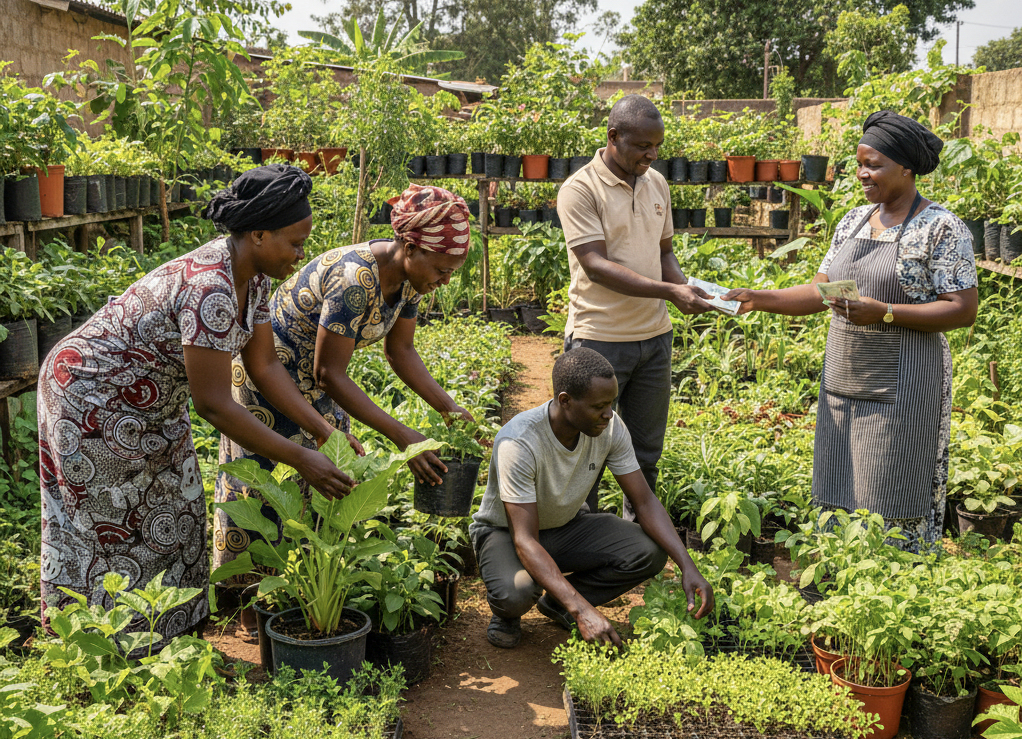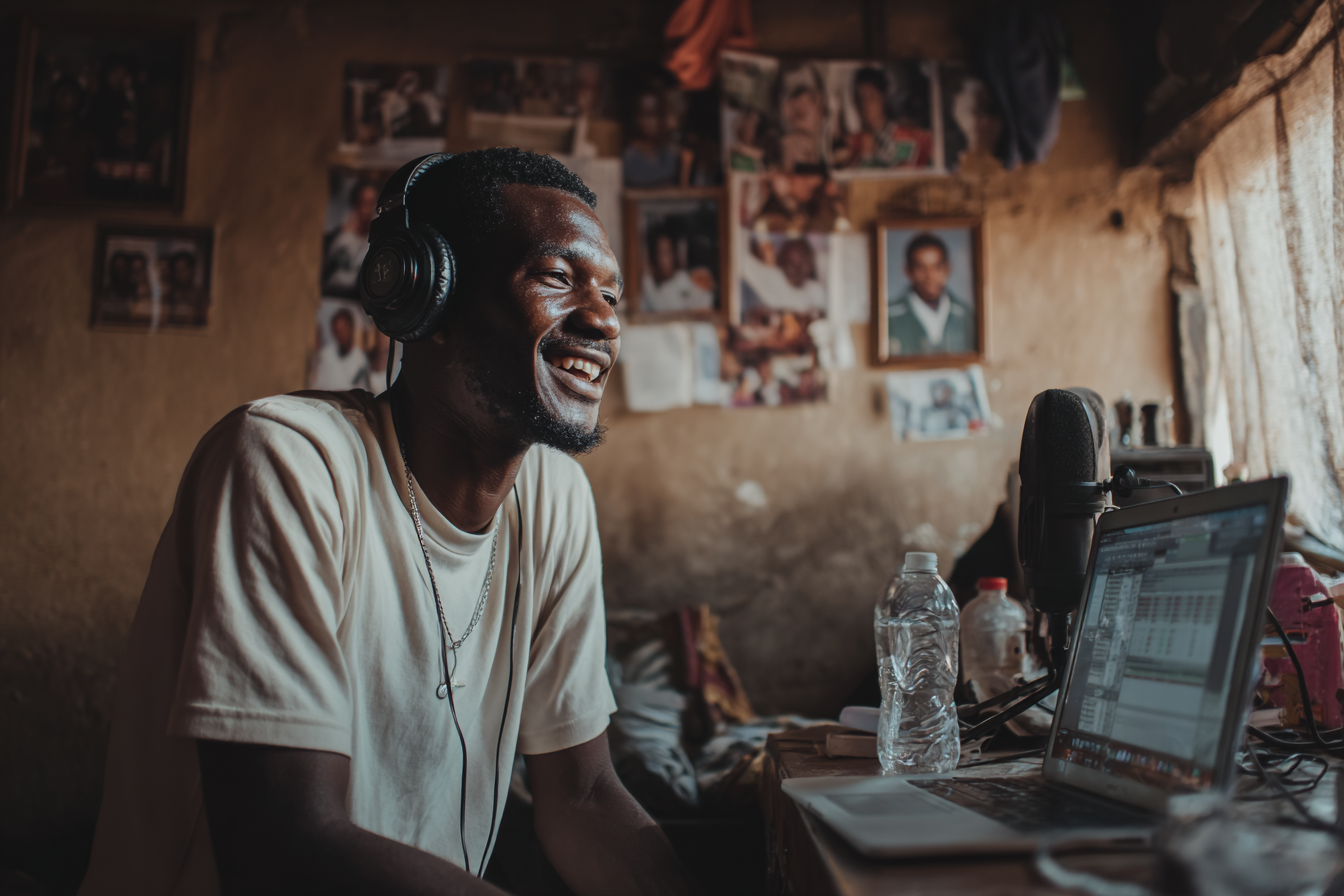The Bank of Zambia has begun buying locally produced gold from state owned Zambia Gold Company (which is under ZCCM-IH) and Canadian mining firm First Quantum Minerals (FQM) as it resumes holding the precious metal as part of its foreign reserves. The Bank of Zambia purchased 282.79 kilograms of gold last year as part of this resolve to diversify its international reserves. The central bank plans to purchase around 25,200 ounces of gold from First Quantum’s Kansanshi Copper Mine and 21,000 ounces from Zambia Gold Company per year, based on gold purchase agreements signed with the two mines.
“The objective of this initiative is to shore up and diversify the international reserves. The viability and attractiveness of this venture is that the gold is being purchased in local currency,” the central bank revealed in a recent statement. The bank added that the purchase price of the gold was not fixed and was determined by the London Bullion Market Association.
Bank of Zambia Governor Christopher Mvunga stressed that gold was a great store of value. “During periods of market stress – when assets would be losing value – gold would be adding value, thereby shielding the whole portfolio from large losses.” The deal with ZCCM-IH gives Zambia the option to buy gold to help boost the overall availability of foreign exchange in the country, Mvunga shared. He noted that Zambia held gold reserves before 1995 but these were depleted due to severe foreign exchange liquidity challenges.
Under the agreement signed between the central bank and FQM, Zambia will buy gold produced as a by-product of the company’s Kansanshi Copper Mine. Kansanshi produced 145,386 ounces of gold in 2019. FQM Director of Operations Rudi Badenhorst called the agreement an important step in building financial resilience in Zambia.
Badenhorst said the company was also in talks with the Zambian government to incentivise large-scale gold mining. “Challenges do remain for mining companies operating in Zambia but the Ministry of Finance is fully engaged with First Quantum and the Chamber of Mines of Zambia to seek out a competitive and stable mining tax code,” he said.
The Bank of Zambia also signed a deal to buy gold from state mining investment firm ZCCM-IH’s Zambia Gold Company. The governor said he was “delighted” as gold from ZCCM-IH will be sourced locally, in local currency.
Bank of Zambia Governor Christopher Mvunga stressed that gold was a great store of value. “During periods of market stress – when assets would be losing value – gold would be adding value, thereby shielding the whole portfolio from large losses.”
The discovery of large swathes of gold in at least 22 sites the Ministry of Mines deems as viable, led to the formation of Zambia Gold Company in 2020. In response to a press query from Nkwazi Magazine, ZCCM IH Public Relations Manager Loisa Mbatha-Kakoma explained the company’s origins and operations.
Zambia Gold Company Limited (Zambia Gold) was incorporated on 10 January 2020. Zambia Gold (the ‘Company’) is co-owned by ZCCM Investments Holdings Plc (ZCCM-IH) with a 51 percent stake and the Ministry of Finance owning the remaining 49 percent stake. Zambia Gold is mandated to lead the development of the gold sector in Zambia by undertaking commercial activities for the benefit of all stakeholders. In order to achieve this objective, Zambia Gold Company will broadly undertake the following activities:
i) Acquire exploration licences and carry out mineral exploration with a focus on gold (either directly or in partnership with other entities)
ii) Develop and operate mines for gold and other precious minerals
iii) Refining, grading, producing, cutting and processing of gold and other precious minerals
iv) Buying and selling of gold and other minerals
v) Supporting artisanal mining operations and transforming these into commercially viable activities

vi) Pursue value addition opportunities in the precious metals sector
Apart from buying up gold produced by small scale artisanal miners, the company has invested heavily in its own mine site in order to boost production. “As of the end of June, a total of 100 kilograms was produced. Currently we are selling all gold produced from Kasenseli to the Bank of Zambia. Our target is to ramp up production with two new by 50 – 70 tonnes per hour processing capacity machinery that is currently being installed.” Ms. Mbatha-Kakoma added, “Just for the Kasenseli Gold project in Mwinilunga alone, approximately K120 million has been injected so far. We are still undertaking exploration to delineate the mineral resource and expand operations to the rest of the licence.”
Mbatha-Kakoma further shared with Nkwazi, “Zambia Gold Company (ZGC) continues to buy gold from local artisanal miners at competitive prices. Gold buying centres have been set-up in Rufunsa, Vubwi and Lumezi. In addition, in an effort to support the development of the gold subsector at the artisanal level, ZGC has partnered with gold mining cooperatives in Rufunsa, Vubwi and Lumezi. The partnership involves support with exploration and processing equipment, and offtaking the gold being produced by the miners. Technical support and training is also being facilitated.”
The cooperatives are elated with this support. Pokela Gold Mining Cooperative vice chairman, Josias Malunga assured the government that the cooperatives would process and sell their gold to the Zambia Gold Company so as to ensure that they got the best out of their mining activities.
This is the only mining project with a local stake representation in the country. It is an example of community participation through local ownership of 5 percent in the project through the Chief Chibwika Chiefdom Trust. The Kasenseli Gold project is wholly owned by Zambians as follows: PCB (12.5%), Kampoko (12.5%), Chibwika Chiefdom Trust (5%) and ZGC (70%).








